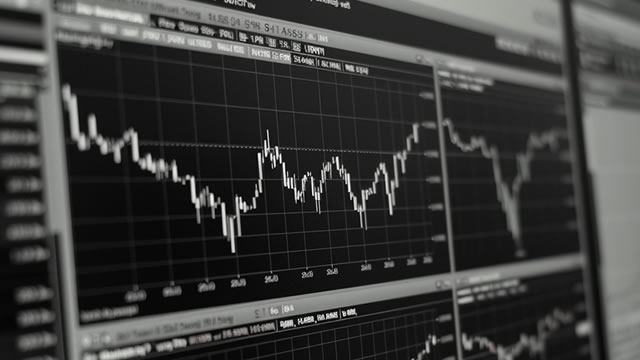Stock Market Reversal: Bearish Trend Resumes
Last week, the stock market formed a classic reversal pattern, signaling a potential shift in market sentiment. After a brief respite, the bearish bias has once again taken hold. Let’s delve deeper into this development.
Technical Analysis
The stock market’s recent behavior has been reminiscent of a head-and-shoulders pattern. This technical chart formation is considered a bearish indicator. The left shoulder is formed by the first peak, followed by a retracement and a lower peak, which is the head. The right shoulder forms when the price rises to a level near the previous peak, but fails to surpass it, forming another peak. The neckline is the trendline that connects the lows of the two shoulders. A break below the neckline confirms the reversal pattern.
Friday’s Drop
Friday’s drop saw the market indices breach the neckline of the head-and-shoulders pattern. The Dow Jones Industrial Average (DJIA) plummeted by over 500 points, while the S&P 500 and the Nasdaq Composite Index also experienced significant losses. This bearish confirmation sets the stage for further declines.
Impact on Individual Investors
For individual investors, this reversal could mean it’s time to reconsider their investment strategies. Those with a long-term outlook may choose to hold on to their positions and ride out the market downturn. However, those with a shorter-term perspective or those who are risk-averse might consider selling their stocks or reducing their exposure to the market.
Global Economic Implications
The stock market’s reversal could have far-reaching implications for the global economy. A prolonged bear market could lead to decreased consumer confidence, reduced business investment, and lower economic growth. Additionally, a bear market often precedes a recession, which could have significant consequences for both developed and emerging economies.
Looking Ahead
The early part of next week is expected to see the market continue its downward trend. However, it’s important to remember that the stock market is influenced by a multitude of factors, including economic indicators, geopolitical events, and company earnings reports. As such, market conditions can change rapidly, and investors should stay informed and adapt their strategies accordingly.
- Monitor economic indicators and company earnings reports closely.
- Consider diversifying your investment portfolio.
- Stay informed about global events that could impact the market.
In conclusion, last week’s stock market reversal signals a potential shift in market sentiment, with the bearish bias once again taking hold. This development could have significant implications for individual investors and the global economy. As we move into the early part of next week, it’s essential to stay informed and adapt your investment strategies accordingly.





